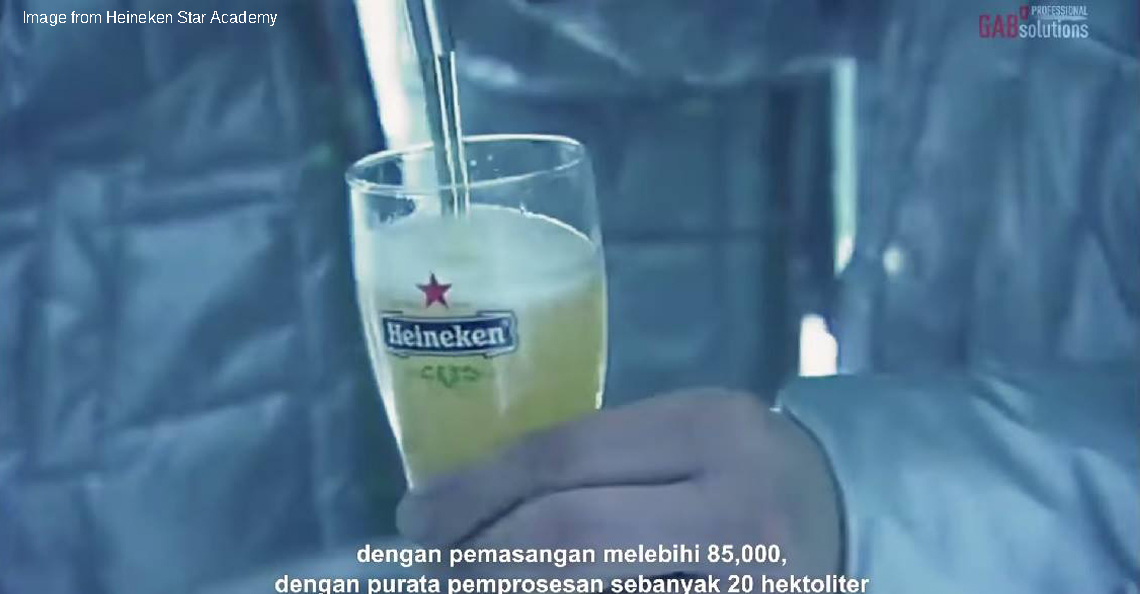King Tut is coming to KL next year… So here’s a quick guide on Egyptian history

- 9.3KShares
- Facebook9.2K
- Twitter10
- LinkedIn15
- Email15
- WhatsApp111
(Artikel asal ditulis dalam BM. Klik sini kalau nak baca!)
If you’re a fan of mummies, treasures, history or simply enjoy watching movies like The Mummy, then we’ve got some exciting news for you.
Just recently, the Tourism, Arts and Culture Ministry announced that the govt has plans to bring in two well-known exhibitions from Egypt in Malaysia in October 2020: Ramses II and King Tut.

The Egyptian govt has reportedly approved the proposal by the ministry and we’ll likely be seeing both pharaohs in KL as part of the Visit Malaysia 2020 campaign. This may be the first time both pharaohs would be displayed in the same exhibition at the same time too!
So if you wanna kecoh at the exhibition, here’s a recap on info you might wanna know about Ramses II and King Tut beforehand 🙂
One pharaoh has the most artifacts in the world while the other brings… a death curse
For those of you who are not familiar with Ancient Egypt, there are actually hundreds of Pharaohs. Ramses II and King Tut are just among the famous ones.
Ramses II aka Ramses the Great is said to have left behind a lot of historical remnants. It’s probably because Ramses II ruled the Ancient Egypt for 66 years or so and was famous for his influence over architecture, politics and religion.
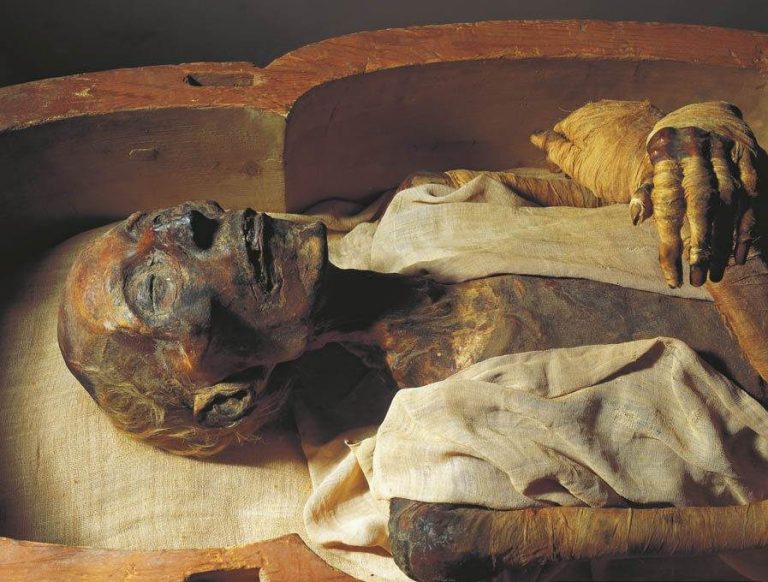
It was believed that Ramses built several buildings, temples and even a full-scale residence city like Per Ramessu (House of Ramses) for himself! So it might not be surprising that archaeologists discovered monuments and structures related to him. But his reign wasn’t just about playing SimCity: Egypt la.
He was also said to be a good leader; Ramses II was even designated as successor to the Egyptian civilization at an unusually young age. Imagine captaining an army at the age of 10!
In fact, he was one of the important figures who was involved in the world’s first treaty of peace with Hattusilis III, Hittites of Anatolia (modern Turkey) so that both nations were no longer at war. Both nations eventually became allies.
And if you think you’ve heard of Ramses II somewhere before, that’s probably because he was mentioned in the holy books of several religions. For example, it is said that he was the pharaoh who challenged Moses.
Similar to Ramses II, King Tutankhamun aka King Tut became pharaoh at a very young age (9 years old!!) too. However, he also died at a young age. And because archaeologists found his tomb at the Valley of the Kings – which was deemed a paradise for the Ancient Egyptians – the site eventually became well-known.
But that’s not the only thing the Valley of the Kings is known for. The Valley of the Kings used to keep a lot of historical artifacts. However, most of them were stolen by grave robbers. Yea, you read that right.
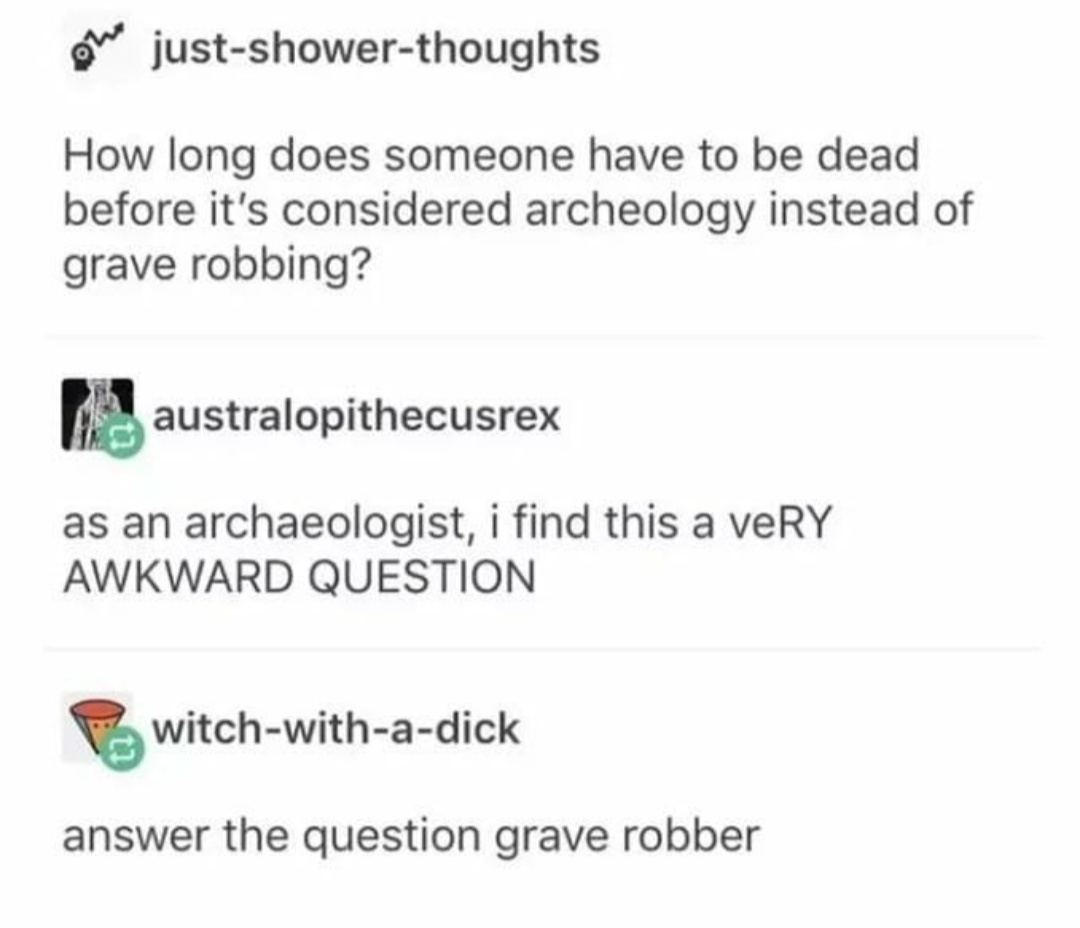
Despite that, archaeologists believed that there was a tomb that was still safe but they couldn’t find it as the location was a mystery at that time. So an British researcher on Ancient Egpyt, Howard Carter began a search operation in 1914 with funding from an aristocrat, Lord Carnarvon.
After seven years of searching for the tomb (to be fair, there wasn’t much technology back then to find things easily) with pretty limited funding at hand, a local boy who worked there accidentally found a stairs. And it led them straight to King Tut’s tomb and all his buried treasures. All of these would be cataloged by Howard.
That discovery brought the answer to King Tut’s strains too, which have been a mystery all the while btw. They ran a DNA test on King Tut and 9 other mummies and found out that he was a result of the marriage between siblings or cousins in the pharaoh’s family. That’s like something out of Game of Thrones!

And just in case you don’t know, this type of marriages can affect the genetic lineage. This can be seen in King Tut himself because his legs were deformed and his backbone was crooked. In fact, his health deteriorated so much that he eventually died at the age of just 19 years old.
Speaking of death, King Tut is also known for a death curse. Journalists back then called this curse as the ‘Curse of the Pharaohs’. It is believed that nobody should disturb King Tut or they would die. And that’s exactly what was said to have happened to Lord Carnarvon, a patron of Howard. However, the likelier theory is that Lord Carnarvon died due to the exposure of harmful bacteria from the tomb itself.
But seeing how great the history of these pharaohs are, Malaysia must be lucky to be exhibiting both of them at the same time! And that’s because…
The Egyptian govt has NEVER displayed both pharaohs in the same exhibition at the same time
The Malaysian govt plans to bring in these pharaohs into Malaysia as part of the Visit Malaysia 2020 campaign. The Tourism, Arts and Culture Deputy Minister, Muhammad Bakhtiar Wan Chik mentioned that each exhibition normally attract a lot of visitors. And he might just be right.
It was reported that 3 million people visited Ramses II exhibition when it was touring in states in the US like Denver, Jacksonville, Charlotte, Boston and Provo, Utah. Ramses II exhibition normally features more than 70 artifacts.
Meanwhile, King Tut’s exhibition, which is currently being exhibited in the Saatchi Gallery, UK and the Komplex Event, Hungary, can attract more than 6 million visitors(!). Well, that might be because people are more attracted to King Tut’s mysterious background story.
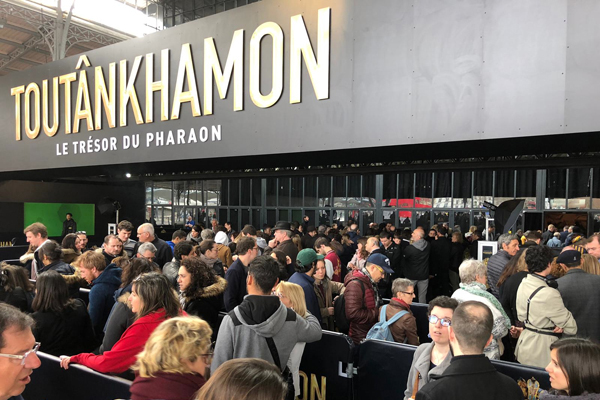
So, imagine how many visitors Malaysia can attract if both exhibitions were to be held here??
“Every exhibition tour involving Ramses II and King Tut have always received a high number of visitors, so in line with Visit Malaysia Year 2020, we are not just attracting the local visitors but also tourists from Asean member countries. It’s one way to make our national museum to be a cultural development centre for all.” – Muhammad Bakhtiar told The Star.
But this is a pretty rare case tho. And that’s because, according to the Boston Museum’s exhibit planner, the Egyptian govt has never allowed for both pharaohs to be featured in the same exhibition at the same time. The Egyptian govt would usually (and intentionally) choose the location for the Ramses exhibit so that it won’t be the same as King Tut tour.
This might be why the Tourism, Arts and Culture Minister, Datuk Mohamaddin Ketapi earlier mentioned that it may be important for the Cabinet to go thru the proposal first as it involves both the Malaysian and Egyptian govt besides millions of ringgit in insurance cost!
Which is why in October 2019, when the news first came out, it is reported that the Cabinet has not gone thru the proposal and Mohamaddin was a bit in the dark when his deputy minister announced the plans for this exhibition.
However, a month after the controversy…
We’ll be seeing this exhibition in October 2020… and it might be the last chance to do so!
If you’re interested to see the Ramses and King Tut exhibition in KL by now, then fret not. Just recently, Mohamaddin confirmed that the Egyptian govt has approved for both exhibitions to be displayed in KL!
But since the ministry would be looking for private fundings, Mohamaddin further clarified that it wasn’t necessary to bring the matter to the Cabinet. And although the exhibition is said to be apart of the Malaysia 2020 campaign, Mohamaddin added that it won’t be the main attraction la.
“It will be a normal event. It won’t take centrestage in 2020. But if it’s being displayed, tourists in Kuala Lumpur at that time can go see it.” – Mohamaddin told The Star.
It will be just like the Kazakhstan’s Golden Man exhibition which was held in October 2019 at Muzium Negara. And, yes, we’ve heard you. This may not even be the first time Malaysia is organising such exhibition.
Back in 2017, the Negeri Sembilan Museum Board (LMNS) organised an exhibition called the Treasures Of Ancient Egypt Exhibition. That exhibition featured 28 artifacts.
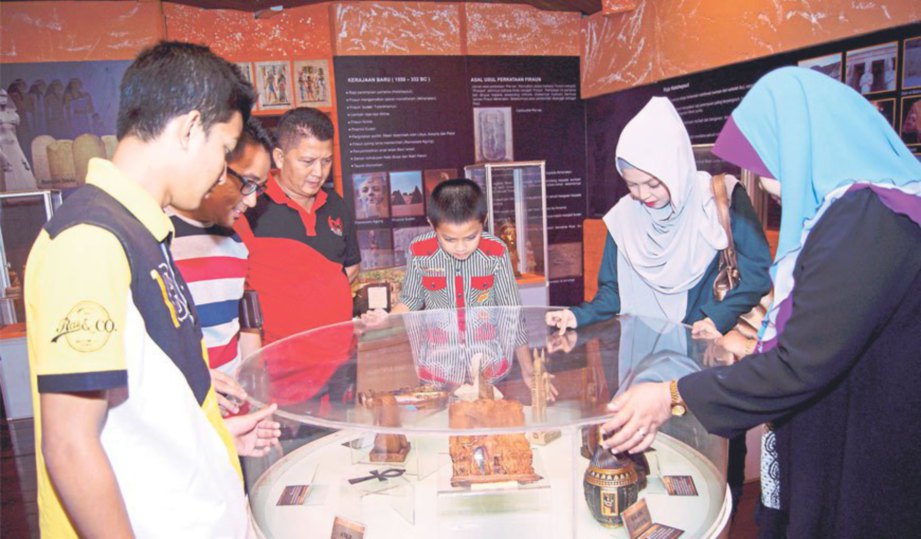
However, it might be our last chance to visit Ramses II and King Tut! And that’s because the Egyptian govt will be opening its new museum, The Grand Egyptian Museum, and it aims to open the museum in 2020. And once the museum is opened, all Ancient Egyptian artifacts will be returned to the museum… for good. This includes King Tut and his artifacts.
So, if you’re interested to check the exhibition out, you may wanna eye for any updates from the Tourism, Arts and Culture Ministry. #notsponsoredk #butwedontmind
- 9.3KShares
- Facebook9.2K
- Twitter10
- LinkedIn15
- Email15
- WhatsApp111

